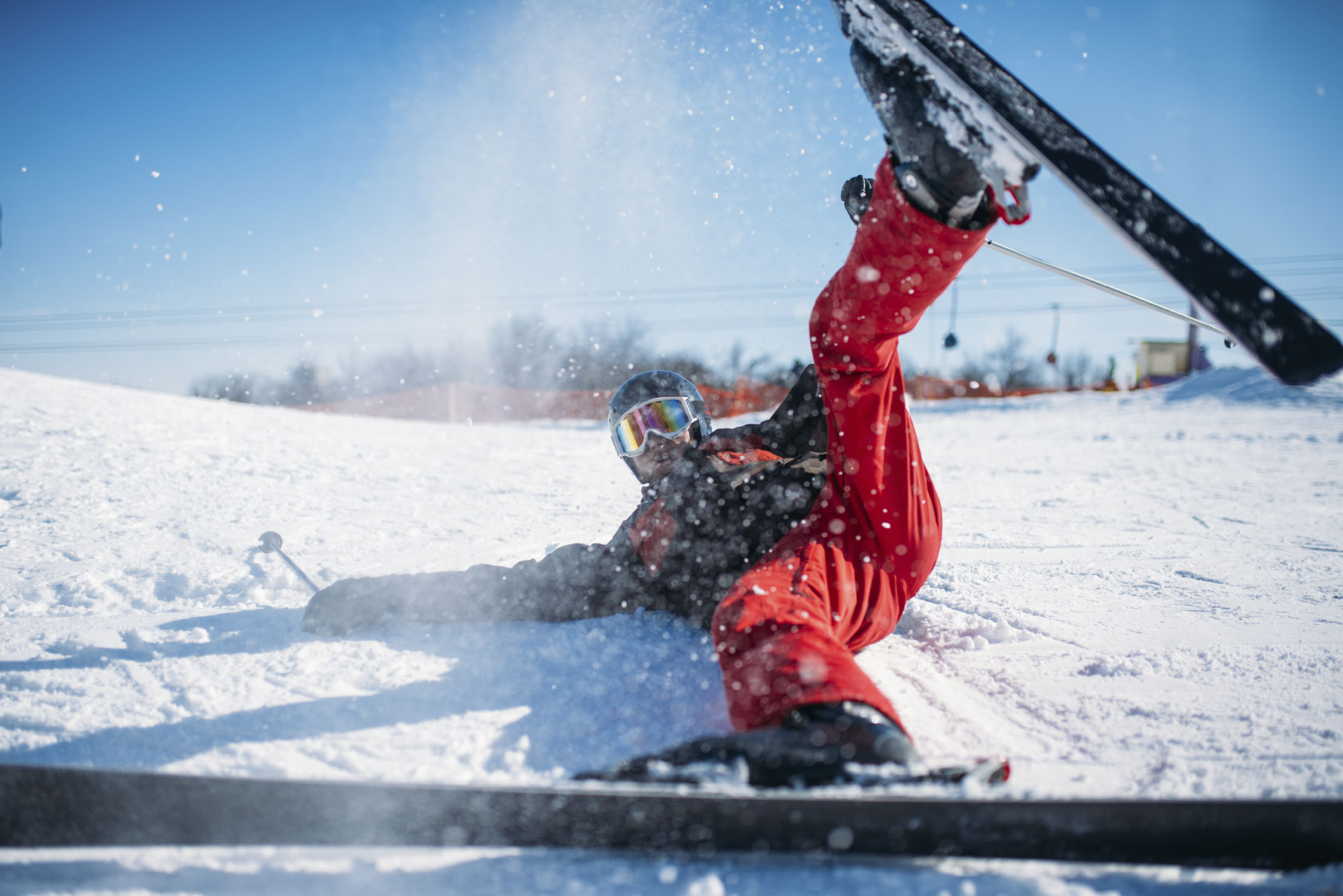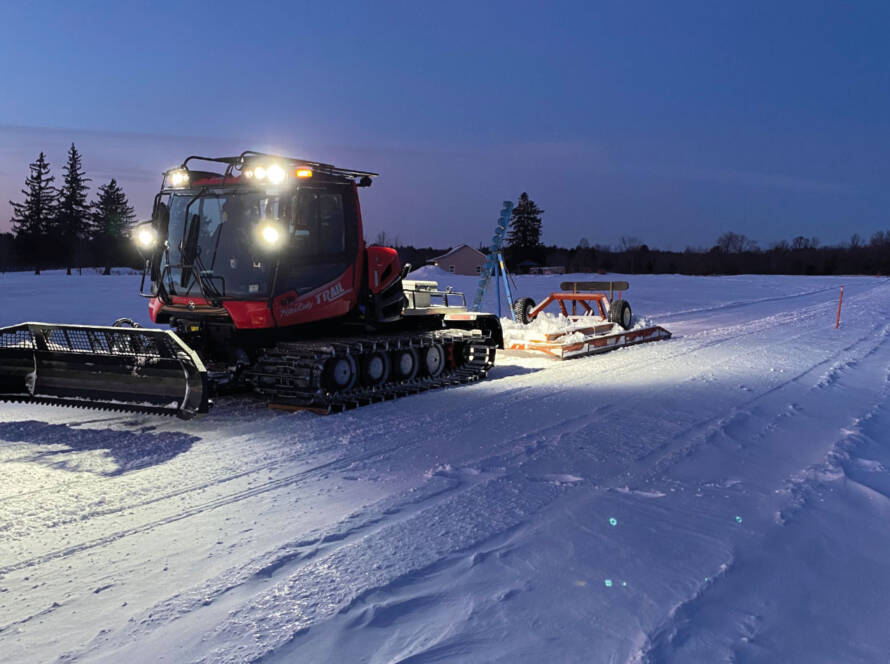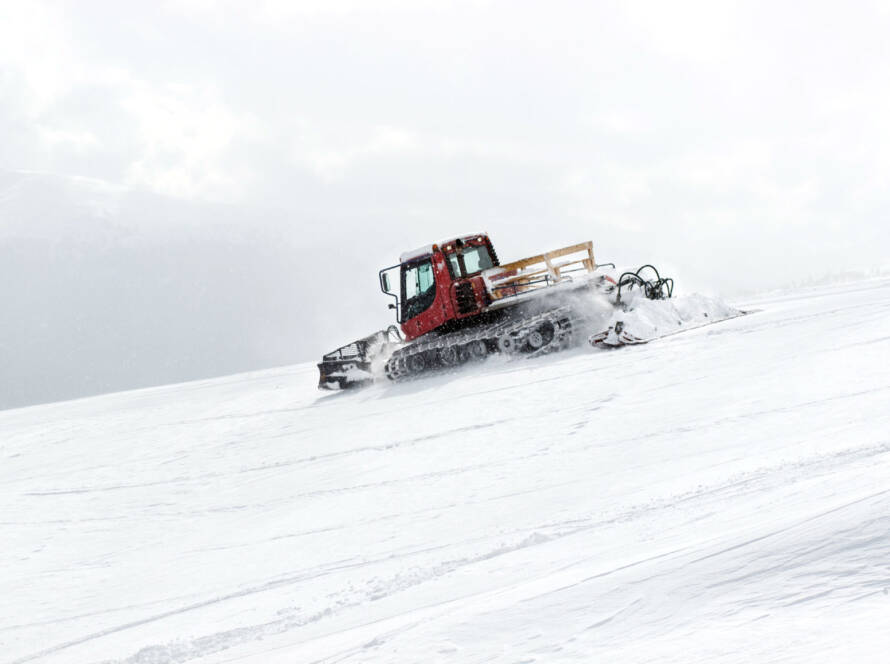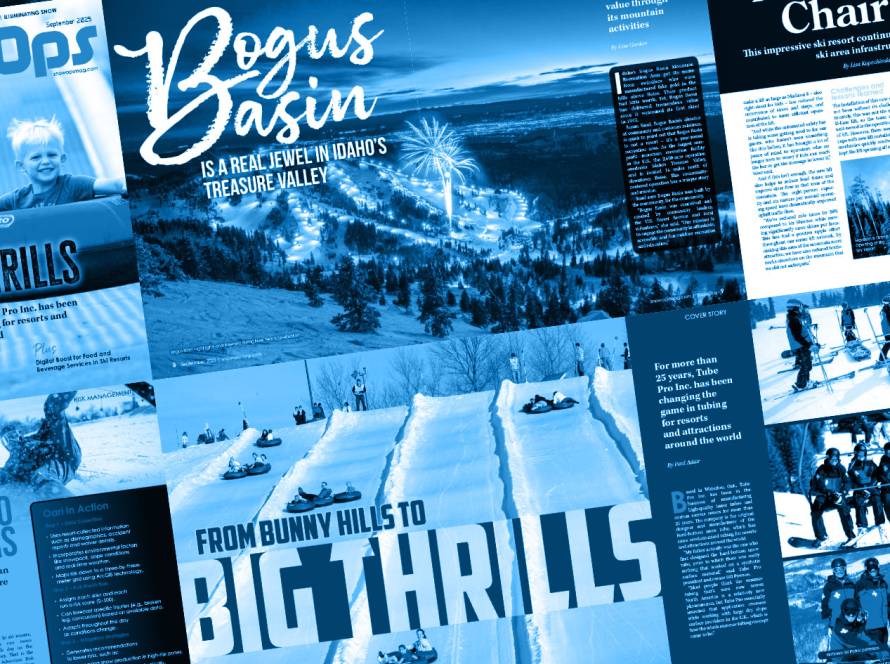When it comes to managing risk in ski resorts, prevention and preparation can mean the difference between a safe day on the slopes and a critical emergency. That is the philosophy driving Oari – the Outdoor Adventure Risk Index – an innovative model developed by Matthew Sheahan, a Thompson Rivers University master’s student in environmental science.
Oari began as a passion project. “My original inspiration came from this mixture of resenting some of the math skills that I had accumulated when I was younger mixed in with a passion for adventure activities,” Sheahan said. A risky backcountry trip with two friends in 2019 became a turning point.
“We did a lot of things wrong in terms of our risk management…. We were due to die on this trip. We got rescued, thankfully, by some hikers who were also lost on this trip. We were from Ontario, so we brought all the wrong clothing, and it was June, so we thought it’d be warm. We got frostbite, hypothermia. It was very, very bad.” That experience cemented his commitment to finding safer ways to approach adventure and recreation.
From HIRA to Oari
The foundation for Oari lies in the Hazard Identification Risk Assessment (HIRA), a widely used risk management tool in the adventure and ski industries. While effective for basic communication, Sheahan found it lacking.
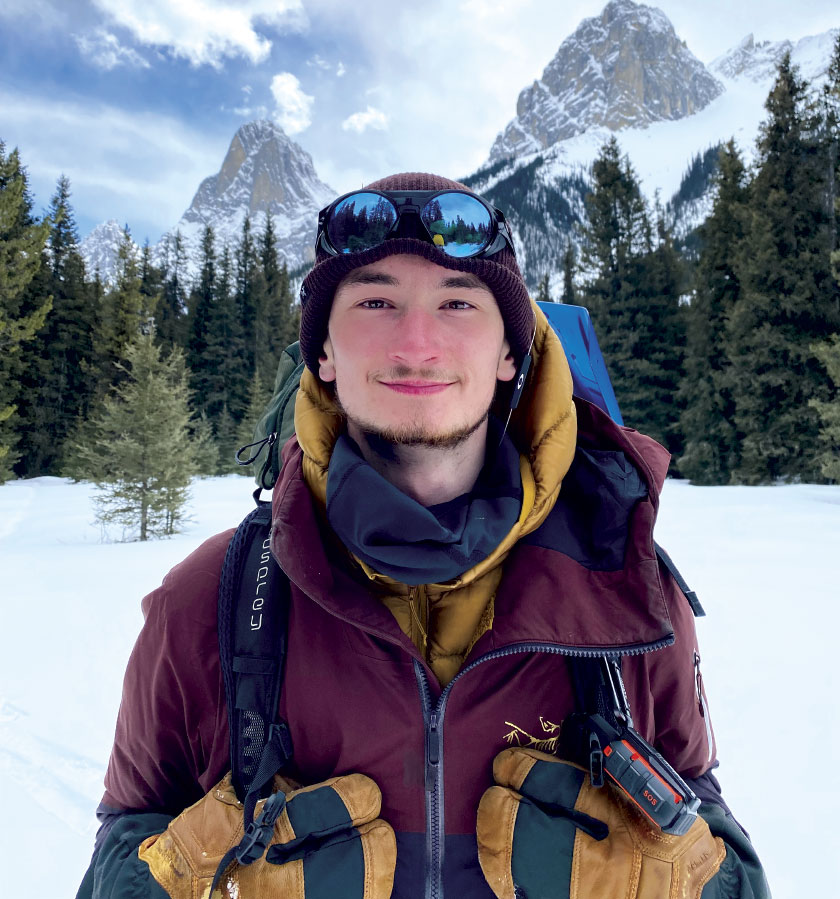
We want to know as much as we can about risk, but there actually comes a point where we know too much.
Matthew Sheahan, Thompson Rivers University
“I didn’t find as though it was very objective. I felt it to be very subjective to however you perceive risk,” he said. “The course instructor gave me the go ahead to modify the HIRA as I see fit and start using my own modified version of it in my assignments in class. I continued doing that and eventually over time it started to evolve more and more.”
Oari is his answer to that problem: a standardized, mathematically grounded scale designed to give operators a universal language of risk. Unlike HIRA, which varies by personal judgment, Oari aims for consistent results. “My goal was to make some sort of standardized scale to which we can assess risk. So, making a scale that would be zero to 100, and if I told you the risk for the day was 25, it would mean the same thing to everybody,” said Sheahan.
How Oari works
Using both skier data and environmental factors, Oari can forecast the likelihood of injuries across specific runs. Accident reports, demographic data and real-time conditions are analyzed alongside geospatial mapping tools.
“It could go down to a three-by-three-meter grid using an ArcGIS mapping system … as the conditions change throughout the day, those variables are going to fluctuate as well,” said Sheahan. The model can even provide individualized predictions. “For example, if Joe Smith is going down a hill … it might say he’s got a 0.9% chance of breaking his leg as he goes down the hill. It might be different for someone else. But then you can come up with an average risk rating for each individual hill.”
From there, Oari recommends mitigation strategies – anything from deploying more ski patrol staff to increasing snow production in risky areas. The vision, Sheahan says, is to give operators a clear decision-making tool to prevent accidents before they happen.
The challenge of implementation
While the technology is promising, adoption remains a hurdle. “The issue that I keep running into is that if these operators have all of this information at hand … it runs the risk of someone suing them,” Sheahan said. He says knowing the probability of injuries could expose resorts to liability if accidents still occur. Insurance concerns have created industry-wide hesitation. “There’s a paradox … we want to know as much as we can about risk, but there actually comes a point where we know too much and we don’t want to hear it because then it puts us in a legal position nobody wants to be in,” he said.
Sun Peaks Resort, located near Sheahan’s home in Kamloops, B.C., has shown interest, but implementation is on hold as lawyers explore potential liabilities. Still, Sheahan believes collaboration with insurers may eventually be the path forward. “If ultimately at the end of the day it makes things safer, then that is the ultimate goal,” he said. “If there are operators out there that are cutting corners, then insurance companies are going to be able to see that a lot clearer.”
Improving emergency response
Beyond prevention, Oari could revolutionize how ski patrol and emergency staff respond to incidents. By predicting injury types and locations, resources could be better allocated. “If you know that you’re going to have a lot more spinal injuries on one side of the mountain, then it makes sense to put a lot of your spinal boards and other resources like that on that side,” Sheahan said.
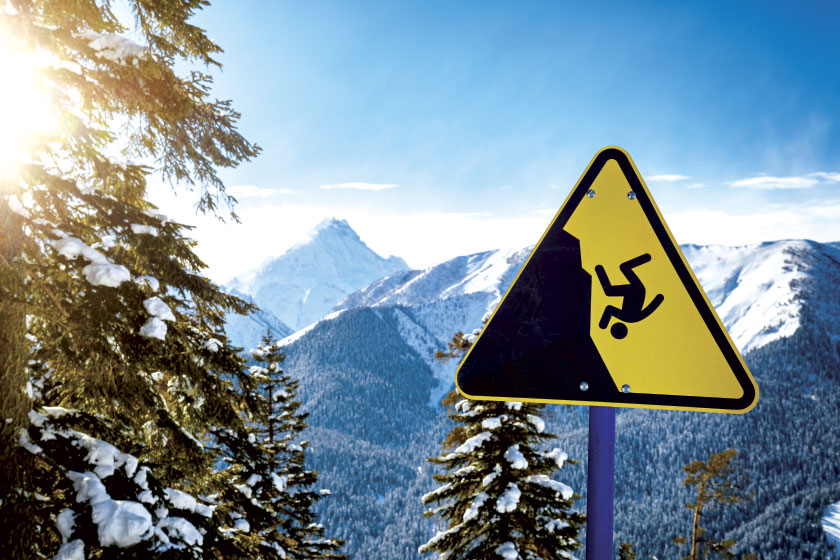
“As well as maybe put staff with specific training types on those mountains or different numbers fluctuating throughout the day as demographics shift around the mountain. So it would just allow for quicker and probably healthier responses in the way of the right people are there at the right times.” This, he says, could make emergency response faster and more effective, ultimately improving guest safety while easing the burden on resort staff.
Looking ahead
For now, Oari remains in development. Sheahan continues refining the model through simulations while navigating the legal and operational barriers to real-world testing. While commercialization isn’t his immediate focus, he sees potential. “I don’t necessarily intend to widespread commercialize it. If I could make a career out of it, that’d be great,” he said.
At its core, Oari remains driven by the same mission that inspired its creation: helping people understand and manage risk in the outdoors. “I think if I could help the other 19-year-olds or 18-year-olds that are out there that are doing the exact same, or going down the same line I was … that would be something that would just make me excited because that was what I needed back then,” he said.
